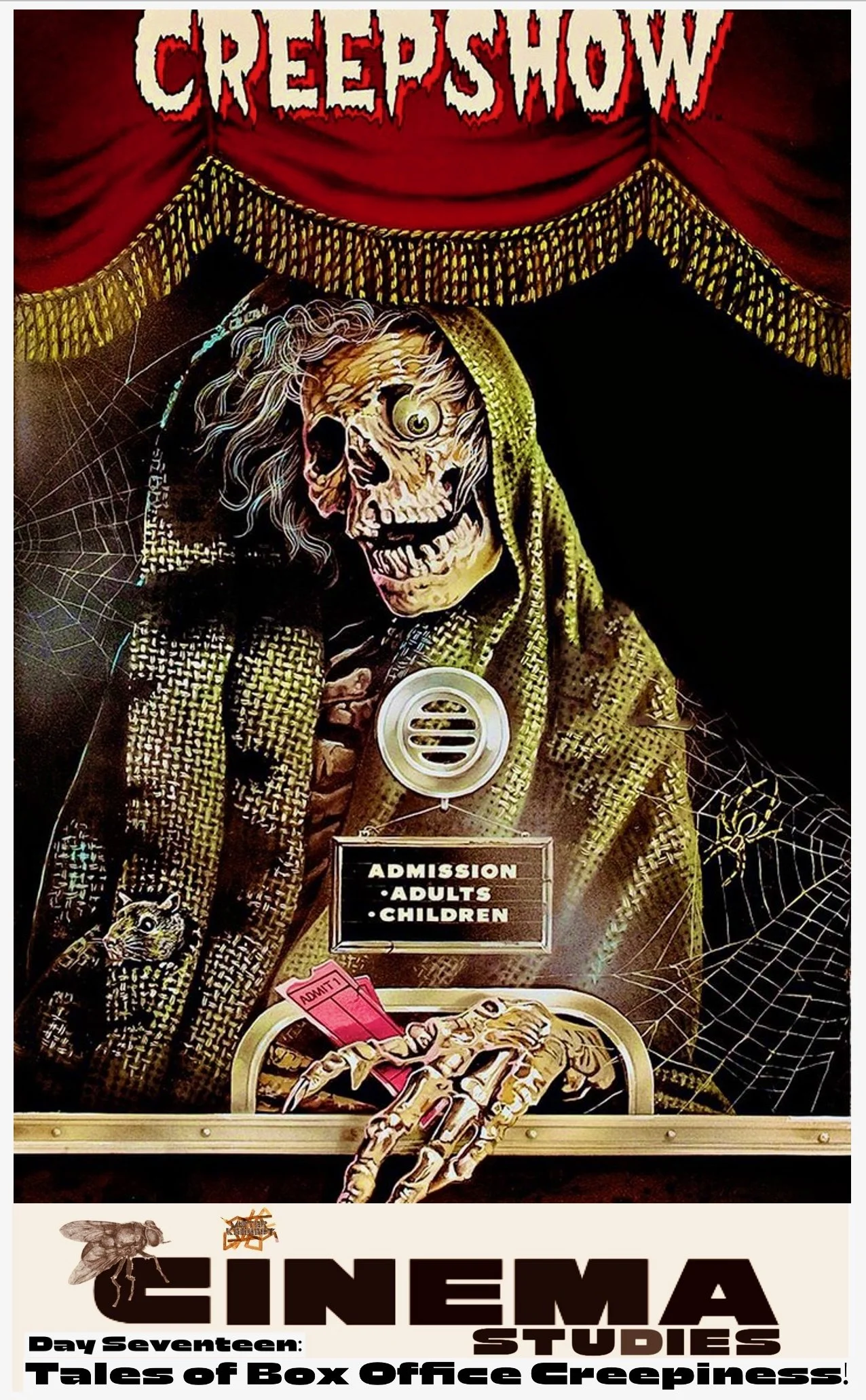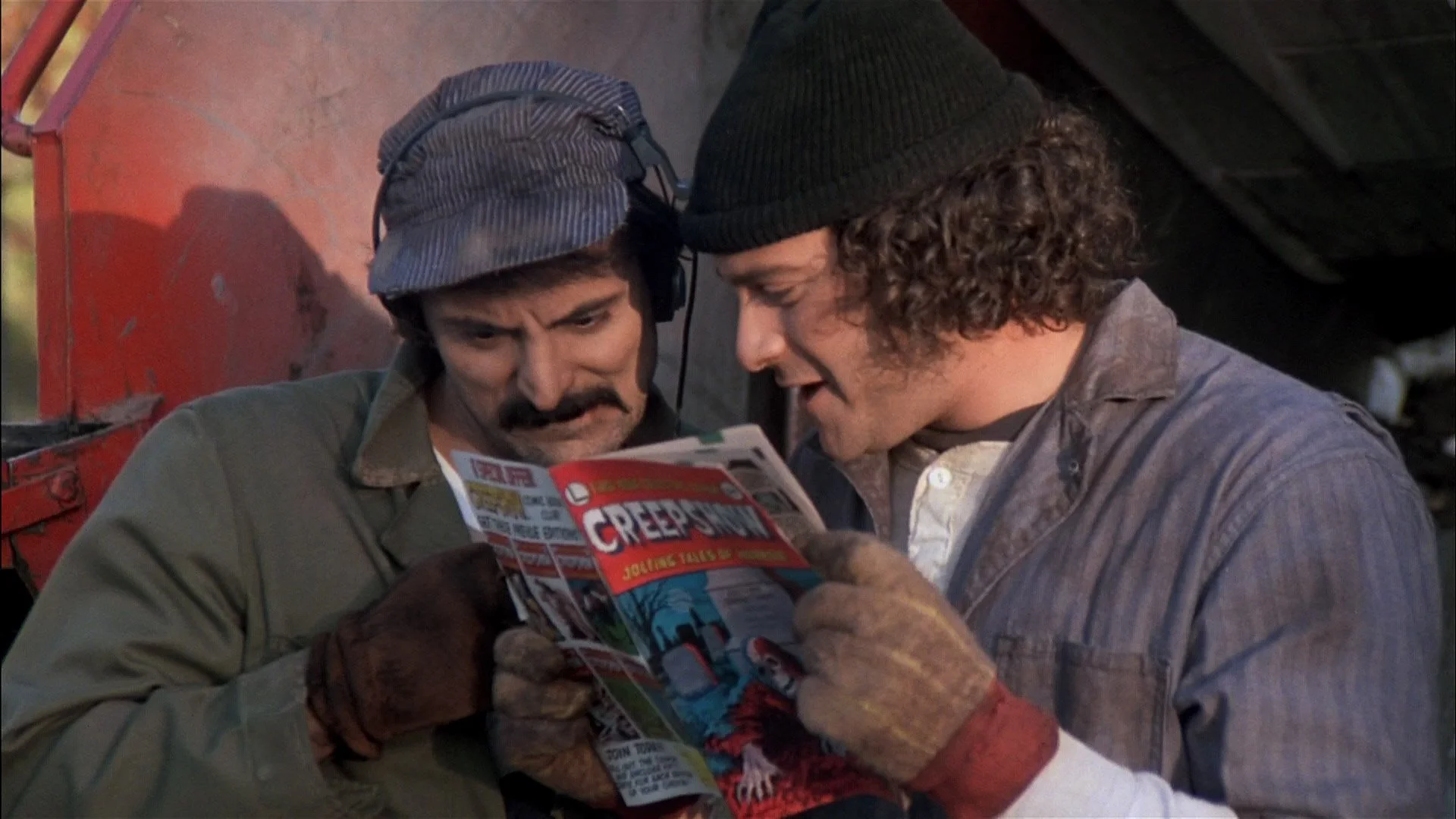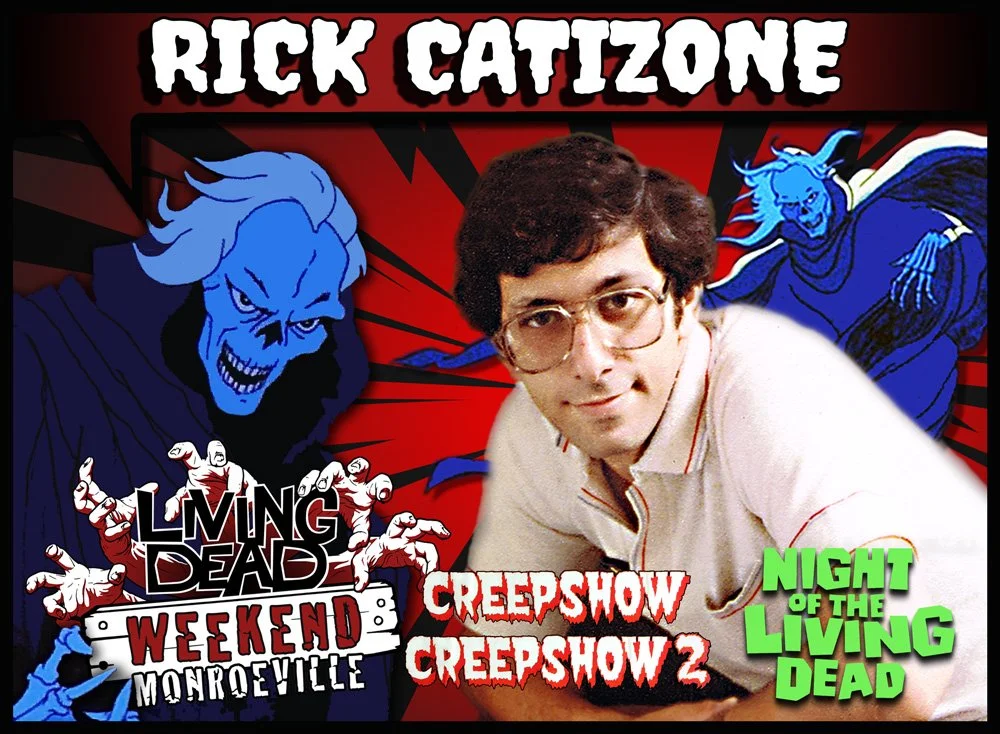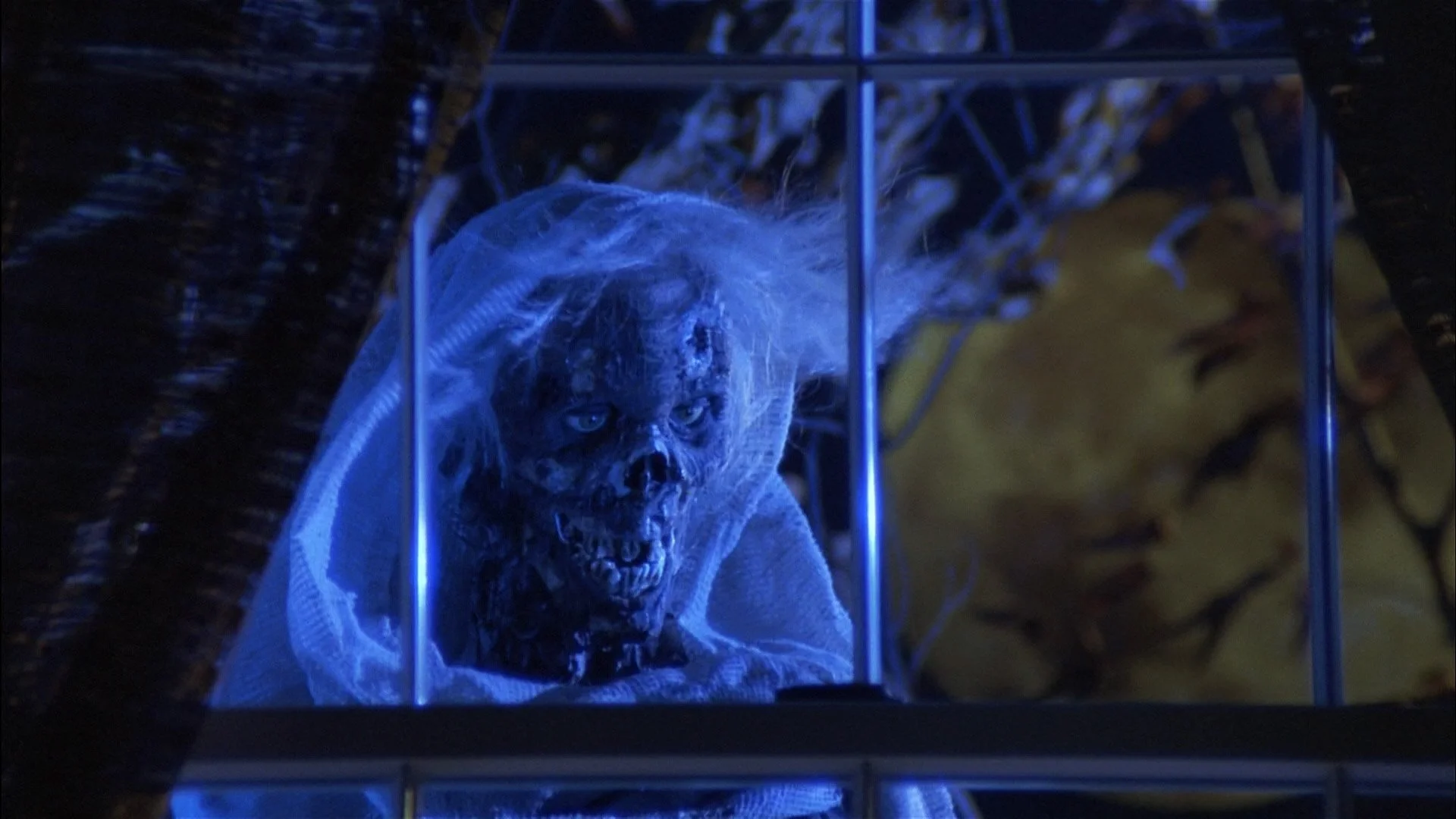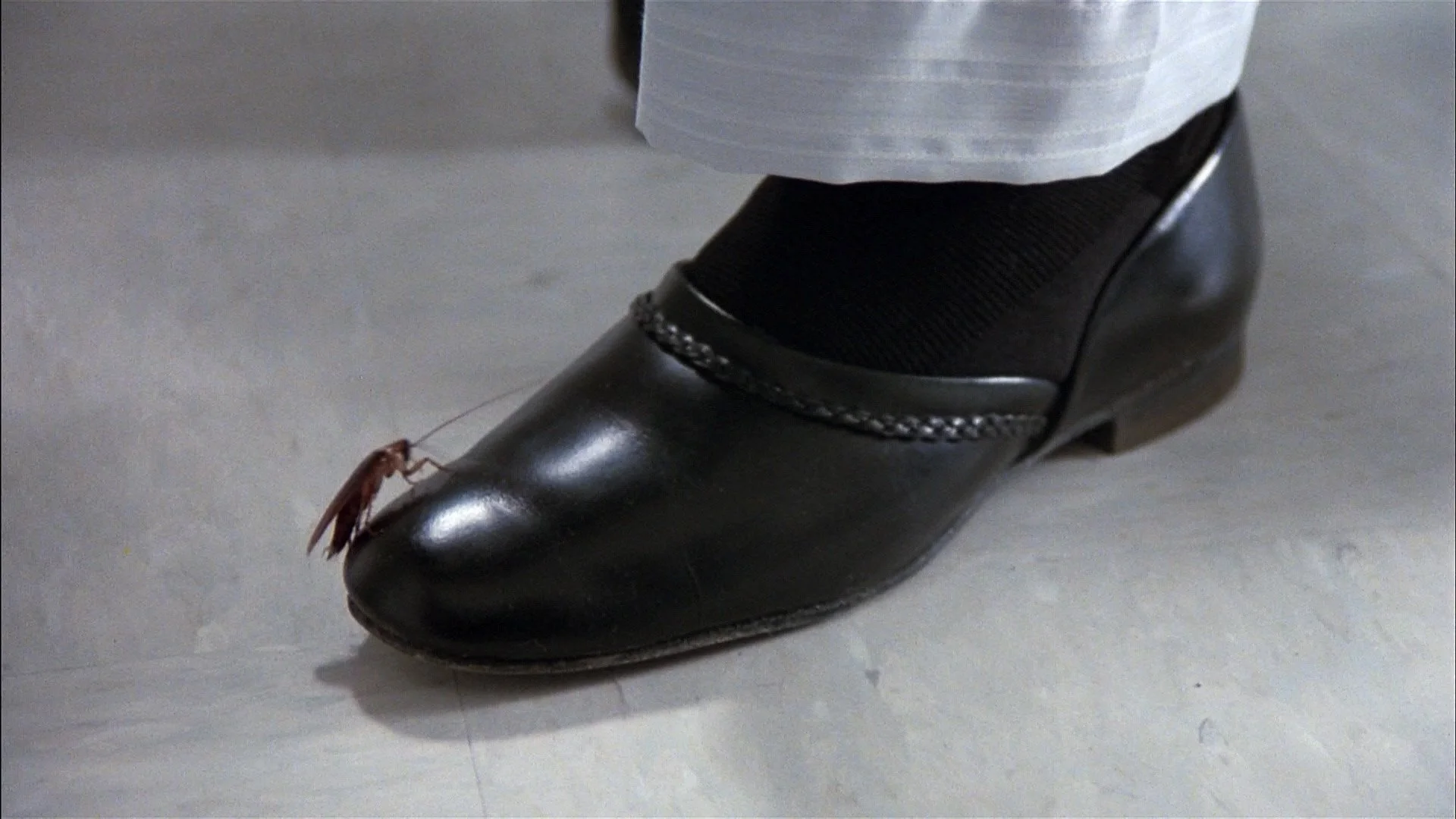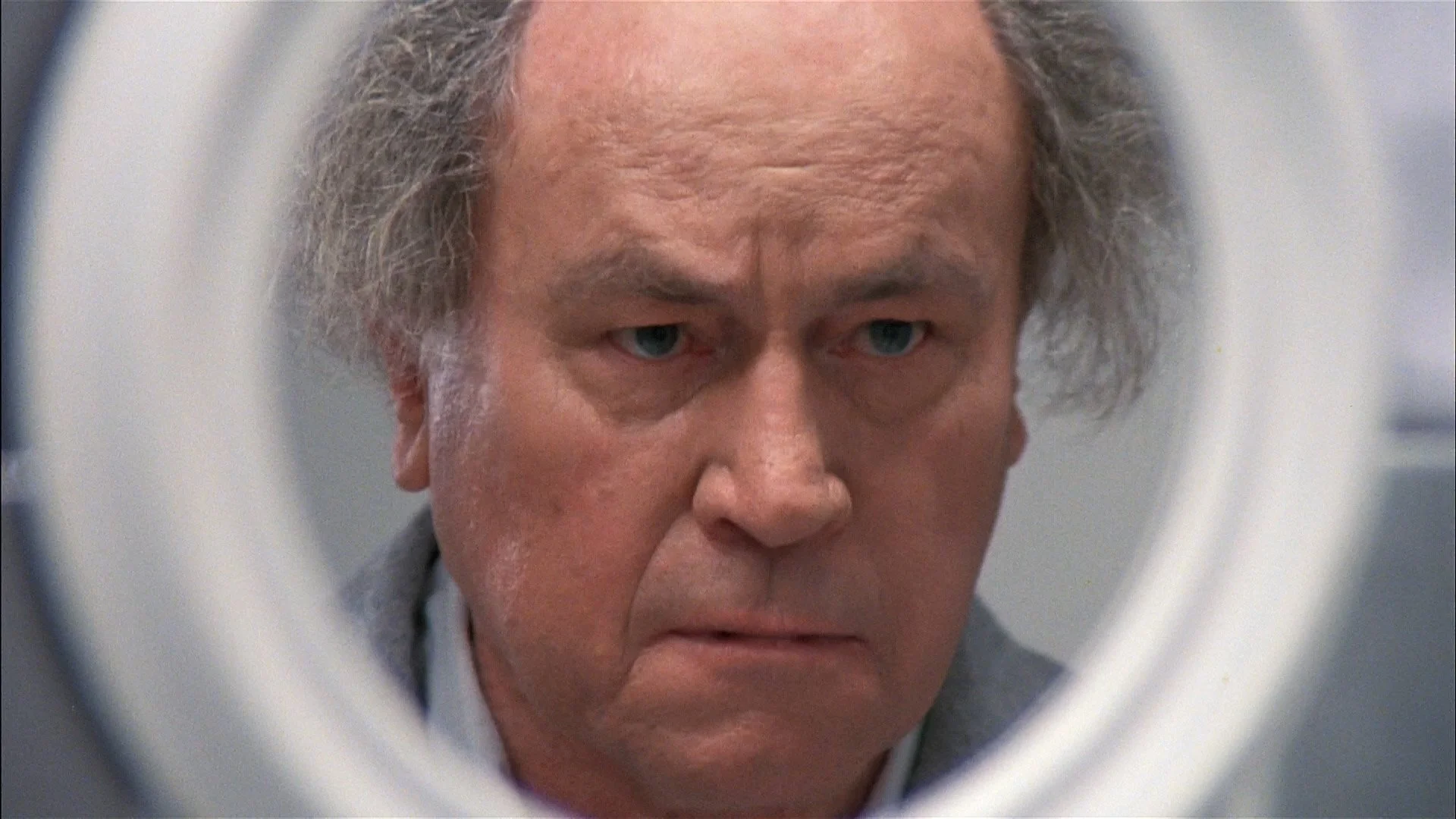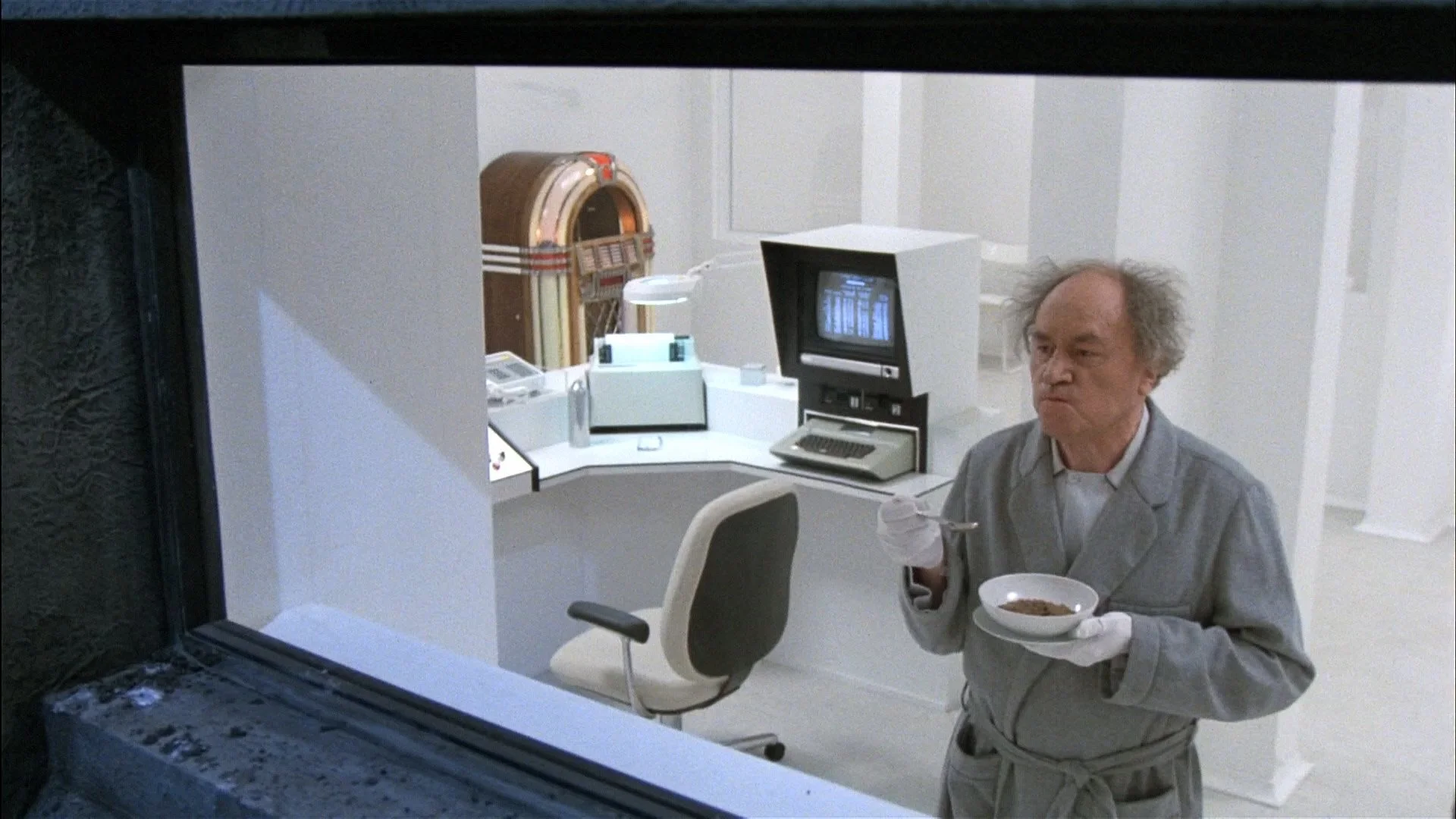Picking up on where we left off from the day before last, throughout the twentieth century, and even earlier, adults have attempted to publicly control, and even censor, teenagers' access to various artifacts of mass culture-including magazines, music, comic books, movies, television and radio programs, and books.
Adults feared 1950s youth rebellion due to concerns over the influence of rock and roll music, which was seen as a symbol of rebellion and sexual immorality. Other fears included the rise of juvenile delinquency, fueled by perceived changes in behavior, fashion, and social norms, as well as anxieties about the influence of mass media like comic books and movies on teenagers. These fears were amplified by the cultural shift of the post-WWII era, which emphasized conformity and social order.
The motivation has been twofold: to shield the young from certain perceived pernicious influences and to encourage a national cultural uniformity/conformity heavily motivated by Christian morality and the dread of racial (and class) mixing. Fears of youthful extremism, sparked by corrupting influences, have waxed and waned, depending on various social, political, economic, cultural, technological, and other configurations. However, attempts at censorship have generally continued, earmarking even newer forms of mass communication, most recently cable television and the computer Internet. Any understanding of this development must consider both the fears and motivations of the adult majority, as well as the complexities of modern youth culture, all within a larger national matrix.
Adults' fear of youthful rebellion and their urge to control youth became particularly glaring during the 1950s when the winds of change seemed particularly brisk. This approach was and is not limited to the written word, but also the visual image.
Today's lecture will continue to focus on how EC Comics transformed the landscape as it entered into our Day to Day Lives through cinema....
Who here remembers the 1995 film The Mangler? I'm assuming that most of you didn't raise your hand or put this unfortunate misfire out of your memory. The trailer for The Mangler touted that the film was from three masters of horror: director Tobe Hooper, star Robert Englund, and Stephen King, who wrote the short story. The film came and went without much notice, only notable for some impressive gore and its paltry box office take. One would hope when accumulating as much talent as The Mangler had, that more substance would present itself. I mean, what do you expect when the villain is a possessed laundry press machine?
Thirteen years prior, Stephen King teamed up with two other maestros of horror: director George A. Romero alongside Tom Savini in doing the makeup effects for the horror anthology Creepshow.
Though not receiving the same type of hype that The Mangler tried to produce, the result was much more of a fulfilling experience. With Stephen King adapting prior stories with new ideas plus Romero and Savini at the top of their games, Creepshow was able to stand apart from other horror films of the early 1980s.
Homaging EC Comics, Stephen King crafts five tales of terror and mixes them with a macabre sense of humor. At face value, the five segments of Creepshow could be considered fun and entertaining moments to a highly-entertaining film. And yes, Creepshow is supremely watchable and is one of the best horror anthologies ever made. What's more, though, is that each segment has something more to say than just gore and laughs. From familial greed in "Father's Day" to inquisitive temptation in "The Lonesome Death of Jordy Verrill" to infidelity with
"Something to Tide You Over" and marital resentment in "The Crate," each story offers more than what appears on the surface. There is one story, though, that provides more than the others, "They're Creeping Up On You."
But first let's talks walk through eight stages of horror before discussing this gem in analyzing social order.
In the early 1980s, two luminaries of the horror genre got together to make a movie inspired by the gross-out horror comics they'd loved as kids. The result was Creepshow, a film that combined the playful horror fiction of Stephen King with the visual style of George A.Romero, with the creature effects of a third legend-the-making, Tom Savini, thrown in for good measure.
Creepshow's five horror story segments and animated sequences made it an instant cult classic among genre fans, inspiring a comic book adaptation, a 1987 movie sequel, and now, a new series on Shudder.
To celebrate the streaming revival of Creepshow, here are 8 facts about how the original film was made, from Romero's inspired direction of King in one of the film's segments to Leslie Nielsen's fart machine. There are also cockroaches. Lots and lots of cockroaches.
The Hateful Eight Facts of How Creepshow was made
1. It began with Salem's Lot.
The road to Creepshow began rather unceremoniously in the late 1970s when George A. Romero was screening his vampire film Martin at film festivals. After Warner Bros. executives saw the film and enjoyed it, they approached Romero and asked if he'd be interested in meeting with Stephen King, who had just sold film rights to his novel Salem's Lot to the studio. Romero agreed, and the two bonded after discovering each was a fan of the other's work.
"In the end, Warners decided to make Salem's Lot for TV and not theatrical. Steve bailed, and I was no longer invited, and that's what they did," Romero recalled. "But we stayed in touch." When Salem's Lot didn't work out, Romero and producer Richard P. Rubinstein traveled to Maine in 1979 to discuss the possibility of adapting King's post-apocalyptic novel The Stand into a movie, but it became clear that the budget required to bring the epic to the screen might be a little out of their reach. From there, Romero pitched King the idea of a horror anthology tracing the history of horror movies, with each segment representing a different era.
King liked the anthology idea, but with a different influence. "Steve said 'No, you know what? We both grew up on EC Comics. We should do a comic book."
According to Rubinstein, he then asked King how long it would take him to write a script. King replied "60 days," and delivered the first draft of Creepshow exactly 60 days later. The film marked King's screenwriting debut.
2. Creepshow was a King family affair.
As Creepshow came together, Romero got the idea that King should do more than serve as the screenwriter on the project. He talked the author into doing much more than a cameo and starring in his segment in the film, as the title character in "The Lonesome Death of Jordy Verrill" (adapted from King's short story"Weeds"). But even that wasn't the end of the King family's work on the film: The little boy in the frame story of the film, who's caught reading the Creepshow comic by his angry father, is played by King's son Joseph Hillstrom King, better known now as a horror novelist and comic book writer Joe Hill.
3. An EC Comics legend contributed art.
Because Creepshow was taking inspiration from the EC Comics horror titles that both King and Romero devoured as children, Romero endeavored to recreate the look of those comics on the screen. For the animation that runs in between the segments of the film, he turned to animator Rick Catizone, whose company shared a building with Romero's own commercial production company in Pittsburgh, but there was also the matter of the physical copy of the Creepshow comic used as a prop in the film. For that, Romero turned to EC Comics legend Jack Kamen, whose work included classic titles like Tales from the Crypt and Vault of Horror.
4. Stephen King was deliberately over-the-top.
In "The Lonesome Death of Jordy Verrill," King starred as the title character, a country bumpkin from Maine who sees a meteor crash onto his land one night and, after accidentally breaking it open, discovers that his property and his body are quickly being overrun with bright green alien moss. King's performance is marked by over-the-top mannerisms that made it seem like he was overacting, perhaps due to inexperience. According to Romero, though, that was all part of the concept.
"I don't think Steve to this day has forgiven me, because my only direction to him was Play it like the Roadrunner in the Warner Brothers cartoons ... Just go way out into left field with it and exaggerate it as much as you want," Romero recalled. "And of course critics came back and said Well, this is not a very subtle performance,' and it's not supposed to be! I mean it's supposed to be a cartoon. It basically is a cartoon."
5. Leslie Nielsen was constantly making everyone laugh.
Because he was shooting five different standalone story segments plus a frame story, Romero was able to pack his cast with a wide array of actors, from up-and-comers to seasoned stars, comedians to Hollywood veterans. One of those actors was Leslie Nielsen, who played the villainous and vengeful husband Richard in "Something to Tide You Over." Nielsen's performance in the film is particularly menacing thanks to the glee he seems to be taking in killing his cheating wife and her lover (played by Ted Danson, star of the television show Cheers).
But according to the Creepshow crew, a lot of the glee onscreen was thanks to a fart machine Nielsen kept with him at all times. According to Romero, he'd even take the machine out to restaurants after shooting was done for the day, and according to makeup effects guru Tom Savini, his manic laugh of terror near the end of his segment is also thanks to the fart machine.
"He's laughing because he's got everybody laughing with the fart machine," Savini said.
6. The Creep was made from a real skeleton.
To create the many makeup effects required for Creepshow, from covering actors in the flesh of the undead to building an entirely new monster for "The Crate," Romero turned to Tom Savini, who'd worked with Romero already on films like Dawn of the Dead, Martin, and Knightriders.
For Savini, whose pre-Creepshow credits also included the unforgettable gore effects in Friday the 13th in 1980, it was a chance to break out of the "Wizard of Gore" mold that his career to that point had placed him in. "I wanted to make the transition to monsters and creatures and character makeups and Creepshow was the opportunity to do that," Savini later said. Among the many challenges Savini faced-including designing the monster in "The Crate," which required a long consultation phone call with The Thing effects wizard Rob Bottin-was designing "The Creep," the Cryptkeeper-style creature who introduced the film and served as its mascot. According to Savini, that animatronic creature build started in a very creepy fashion: with a real skeleton.
7. The film's real star is an ashtray.
Because Creepshow is an anthology, no one character carries the whole film. Even The Creep, the film's mascot, only appears in the frame story. But there is an unlikely star that happens to have a presence in each of the film's five short stories: In "Father's Day," the first segment, Nathan Grantham is murdered by his daughter Bedelia with a dark marble ashtray. That ashtray then reappears as a kind of dark omen in every other story in the film. It shows up on desks in "The Lonesome Death of Jordy Verrill" and "The Crate," appears on a bedside table in "Something to Tide You Over," and becomes a soap dish in "They're Creeping Up On You." Basically, if that ashtray is a part of your decor, something awful is about to happen to you.
Lastly Number 08 on the list of fact on how the original Creepshow was made. The Roaches were brought in from Trinidad, and Some of Them Never Left.
Each segment of Creepshow posed its own set of filmmaking challenges, but most of them paled in comparison to the challenges the crew faced with "They're Creeping Up On You," the final segment of the film which was at one point going to be cut. According to Romero, there was a concern that the film's budget wouldn't allow them to do the segment justice, but Romero and King "fought for it" and decided to include it. That meant they needed cockroaches. Lots and lots after cockroaches.
After discovering that ordering "New York cockroaches" out of a catalog would cost about 50 cents each, Romero and Rubinstein turned to entomologists Ray Mendez and David Brody, who became the shot's official "cockroach wranglers."
To get enough cockroaches for the production, Mendez and Brody went to Trinidad and dug through caves, eventually returning to the United States with, according to Savini, around 18,000 cockroaches-which then began breeding in a special trailer on the set that was dubbed the "Roach Motel." Shooting with the cockroaches proved challenging for a number of reasons. Some members of the crew handled their presence better than others, and they proved so adept at scattering all over the place-including over walls that had been lined with Vaseline in an attempt to make them unclimbable-that even their wranglers started to lose track of them.
"Roaches don't take direction. So all you could do is dump 'em out. Dump 'em on the desk ... 20 seconds, you can't see them. They're gone, you can't see one," Romero recalled. "Now, you take apart the telephone, and inside the telephone was a telephone-shaped thing that was ... you know, just solid roach. Everything, the computers, everything. They would get in anywhere."
However, underneath the entertainment of this particular story of how some long forgotten metaphor for a that many people beyond those who lived in the 1980s will no doubt have come across and have little reference to point to. The ideas in George Lakoff and Mark Johnson's seminal 1980 book Metaphors We Live By, are on full display throughout "They're Creeping Up On You,":
Upson Pratt (E. G. Marshall) is a businessman who is terrified of germs. While living in his hermetically-sealed apartment, Pratt deals with the completion of a hostile corporate takeover and the ensuing fallout. One side effect of the takeover is the former head of the corporation has committed suicide. The man's wife contacts Pratt multiple times, wishing death upon him. Compounding to Pratt's stress, what he thought was his safe house soon becomes infested with cockroaches.
As the night wears on, a storm rages throughout the city-threatening a blackout. As the infestation grows, so does Pratt's agitation, resulting in him contacting the building maintenance man, Mr. White. Talking through Pratt's door, Pratt provides racist, backhanded compliments towards Mr. White, who, in turn, smiles and sarcastically states he will take care of the problem. As the minutes pass, what initially seems like a minor bug problem soon turns out to be more than Pratt can handle.
A true definition of "saving the best for last," King and Romero leave audiences on a high note. "They're Creeping Up On You" does not boast a high body count, nor does house a large dose of makeup effects. What it does boast is a pointed criticism of the disparity in income and race.
George A. Romero has never been shy about adding subtext to his films. Romero's most famous example would come from Night of the Living Dead and its sequels. Everything from race to consumerism and the military, Romero has always been able to add depth to what could be considered just a "ghoul film." I certainly don't want to short-change what Stephen King brings to the table as well. King provides the creep factor to the story and peppers enough satire in without going overboard.
From what I gathered regarding "They're Creeping Up On You" is there are two driving forces behind the story: elitism and racism.
